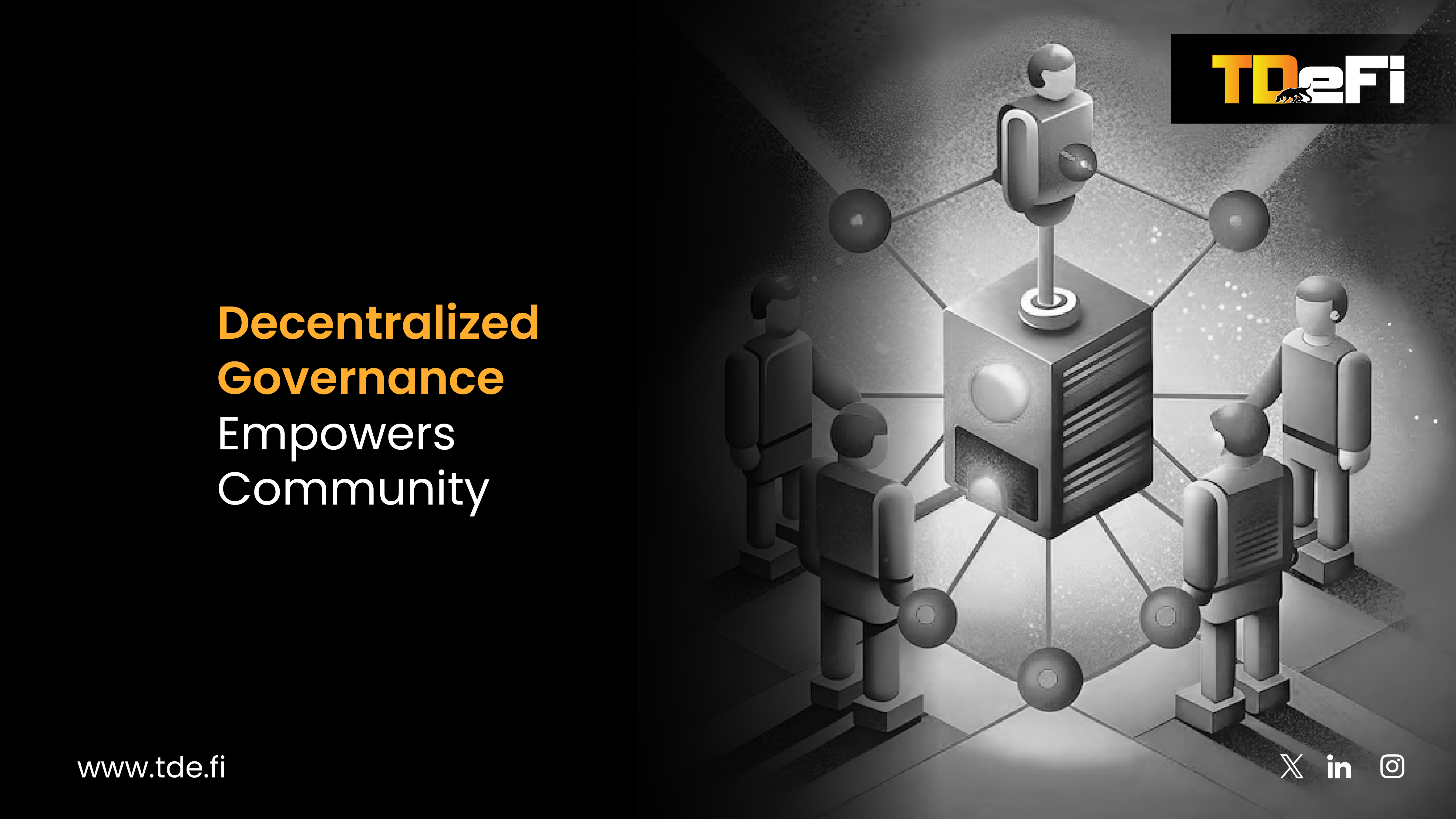As Web3 continues to revolutionize industries by integrating blockchain technology, and tokenization, startups in this space face unique challenges and opportunities. To thrive, Web3 startups must effectively scale their operations and expand their market reach while navigating a fast-evolving landscape. This blog explores strategies that Web3 startups can adopt to grow sustainably, establish global market presence, and secure long-term success.
1. Building a Scalable Infrastructure
Scalability is crucial for any Web3 startup. Whether the platform is a RWA Protocol, decentralized exchange (DEX), or a game, the underlying infrastructure must be designed to handle growing numbers of users and transactions without compromising performance.
Layer 2 Solutions
One of the most effective ways to scale a blockchain-based startup is by adopting Layer 2 solutions. These off-chain networks, such as Optimism, Arbitrum, and Polygon, allow for faster transactions and lower gas fees by moving part of the transaction processing off the main blockchain. For Ethereum-based startups, utilizing Layer 2 can drastically improve scalability, reduce operational costs, and attract a larger user base without the bottlenecks of Ethereum’s Layer 1 congestion.
Sharding and Modular Blockchains
Another solution is the adoption of sharding, as seen with Ethereum 2.0. Sharding involves breaking the blockchain into smaller, more manageable pieces (shards), each capable of processing transactions in parallel. This enables greater transaction throughput, allowing the startup to handle large volumes of transactions as it scales.
Modular blockchains such as Celestia also offer new ways to decouple consensus, data availability, and execution layers, which can allow startups to scale more flexibly by focusing on specific modules instead of operating a monolithic chain.
2. Strategic Partnerships and Integrations
Collaborating with established players in the Web3 ecosystem is essential for startups looking to scale quickly and efficiently.
Partnerships with Similar Protocols
In the case of DeFi-focused startups, integrating with or partnering with existing DeFi protocols like Aave, Compound, or Uniswap can help accelerate user acquisition and expand market reach. These partnerships often create synergies, allowing startups to leverage the liquidity and user base of established platforms.
For example, newer projects often integrate with decentralized exchanges (DEXs) to offer token liquidity or plug into yield farming and staking platforms to attract early adopters.
Cross-Chain Interoperability
As the Web3 ecosystem grows, interoperability between different blockchains becomes a key differentiator for scaling. By ensuring that dApps or platforms can operate across multiple chains, startups can access a broader audience. Cross-chain protocols like Polkadot and Cosmos facilitate the seamless exchange of assets and data across different blockchains, which can expand market reach beyond a single blockchain ecosystem.
3. Community Building and User Engagement
Web3 startups operate in a decentralized landscape where community plays an essential role in driving adoption. Building a vibrant and engaged community can provide startups with a loyal user base, early evangelists, and invaluable feedback.
Incentive Programs and Tokenomics
Web3 startups can leverage token incentives to reward early adopters and contributors. Tokenomics plays a vital role in building a community that not only uses the product but also participates in governance and decision-making. Launching a token distribution campaign or liquidity mining program can attract users by offering rewards in exchange for staking, providing liquidity, or engaging with the platform. In recent times, the concept of points campaigns has evolved which can be really helpful in building the initial traction while offering incentives to the community.
The success of projects like Uniswap and SushiSwap demonstrates how incentivizing user engagement through token rewards can lead to massive community growth.
Decentralized Governance
Implementing a decentralized governance model through DAOs (Decentralized Autonomous Organizations) can empower users to take part in the decision-making process. This creates a sense of ownership and loyalty, leading to organic growth and increased user engagement.
Platforms like Aave and MakerDAO have successfully used decentralized governance to scale their operations by allowing token holders to vote on protocol upgrades, fee structures, and new feature implementations.
4. Expanding Market Reach through Localization and Regulation
Scaling in the Web3 space requires expanding into new markets, but this often comes with challenges related to regulation, cultural differences, and localized user preferences.
Regulatory Compliance
With blockchain and cryptocurrencies facing varying degrees of regulation across different regions, Web3 startups must navigate the legal landscape carefully. Engaging legal experts and ensuring compliance with local regulations in major markets such as the United States, European Union, and Asia-Pacific can mitigate risks and pave the way for smoother market entry.
Localization
Startups should also consider localization strategies to cater to non-English speaking markets. This involves translating platform content, marketing materials, and user interfaces to accommodate local languages and customs. By providing a localized experience, Web3 startups can tap into emerging markets like Latin America, Southeast Asia, and Africa, which are seeing rapid adoption of blockchain technologies.
5. Marketing and User Acquisition Strategies
Web3 startups often rely on creative marketing strategies to capture the attention of early adopters and crypto enthusiasts. Traditional marketing techniques are often less effective in the decentralized world, requiring new approaches tailored to the Web3 audience.
Social Media and Influencer (KOL) Marketing
Platforms like Twitter, Telegram, Discord, and X (formerly known as Twitter) have become critical channels for Web3 marketing. Engaging with influencers (KOLs) in the crypto space, participating in online discussions, and regularly updating the community on development progress can help boost visibility.
Influencer marketing, such as collaborations with prominent figures in the crypto world, can also drive significant traffic to a project, as seen with the success of NFT projects like Bored Ape Yacht Club and CryptoPunks.
Hackathons and Developer Outreach
Hosting hackathons or developer contests can attract technical talent to build on your platform. This is a common growth strategy for Layer 1 protocols like Solana and Avalanche, which host regular hackathons to attract developers and new projects to their ecosystems. By fostering a strong developer community, Web3 startups can extend their reach and accelerate the growth of their dApp ecosystems.
Conclusion
Scaling operations and expanding market reach for Web3 startups require a multi-pronged approach that combines robust infrastructure, strategic partnerships, community engagement, and compliance with regulatory standards. As the Web3 ecosystem continues to evolve, startups that can balance technical scalability with strong user communities and proactive market expansion will have a significant advantage in capturing market share and driving innovation.





